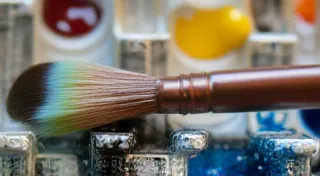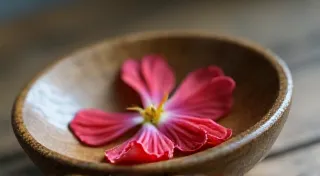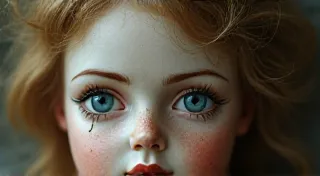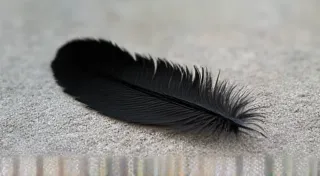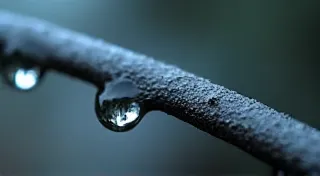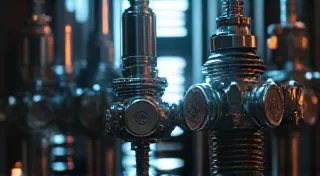The Taxidermist's Signature: Finding the Imprints of Personality in Antique Mounts
There's a certain melancholy beauty inherent in antique taxidermy. It's more than just a preserved animal; it’s a frozen moment in time, a testament to a bygone era of exploration, scientific curiosity, and an evolving relationship between humanity and the natural world. And beyond the scientific value, often overlooked, lies the artistry – the distinct hand of the taxidermist, leaving an indelible signature on their creations. To truly appreciate an antique animal mount is to understand not only the species depicted but also the personality and skill of the person who brought it back from the threshold of oblivion.
Imagine, if you will, a Victorian parlor, dimly lit by gaslight. On the wall, a magnificent stag, its antlers reaching towards the ceiling, a silent guardian of the room. This isn's merely a display of a hunted animal; it’s a carefully constructed narrative, a conversation piece, a declaration of the gentleman’s connection to the wild. And within the glassy eyes and meticulously placed fur, a story of the taxidermist unfolds.
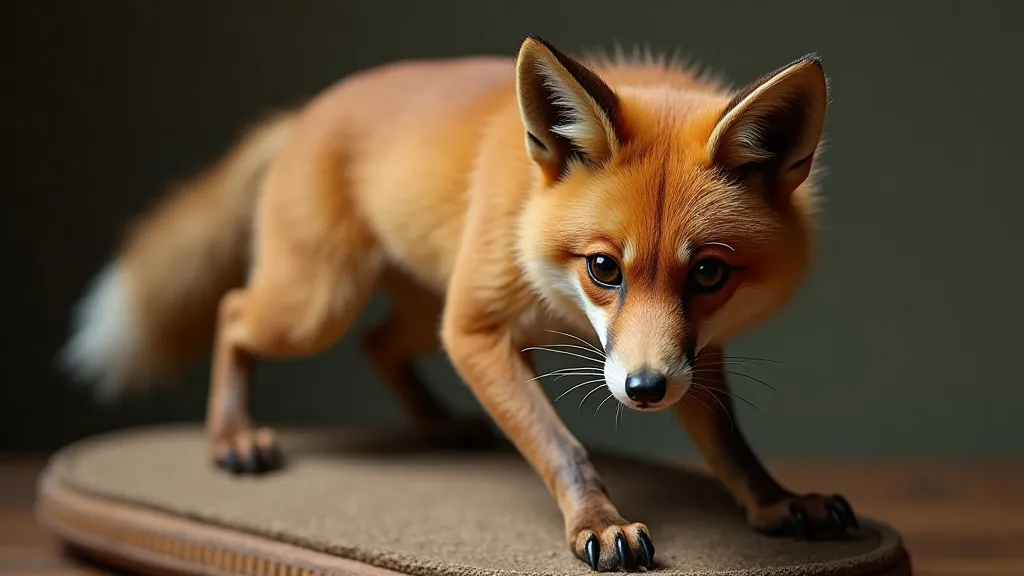
The Historical Context: More Than Just Preservation
The history of taxidermy isn’t a straightforward progression of scientific advancement. Early attempts at preserving animals were crude, often resulting in distorted or grotesque results. The practice evolved alongside scientific exploration. The 18th and 19th centuries were periods of intense natural history collecting, driven by wealthy patrons and burgeoning museums. As travel became easier, specimens were brought back from far-flung corners of the globe, needing to be preserved for study and display. This demand fueled the rise of professional taxidermists – individuals who blended scientific skill with artistic talent.
Initially, the focus was purely on accurate representation. Taxidermists were striving to replicate the animal as it was observed in its natural habitat. However, as the craft matured, artistic license began to creep in. Poses became more dynamic, details were emphasized, and a sense of personality was infused into the mounts. This shift was influenced by prevailing artistic trends—Victorian romanticism, for example—leading to more dramatic and expressive representations. This era also significantly impacted how these mounts were presented and perceived, imbuing them with a certain nostalgic quality that we see reflected in contemporary photography; as some collectors explore, mirrors of memory, the narrative power of antique taxidermy has truly echoed through generations.
Identifying Taxidermist Styles: Subtle Cues and Signature Touches
So, how can you, as a collector or enthusiast, begin to decipher the taxidermist’s signature? It's a process of observation, research, and a developing eye for detail. It's far more than just looking at the animal; it’s about understanding how it was brought to life.
The Eyes: A Window to the Soul (or Lack Thereof). Early taxidermy often relied on crude glass eyes that gave the animal a vacant or unsettling gaze. More skilled taxidermists learned to position the eyes carefully, mimicking the natural angle and expression. The quality of the glass eyes themselves varied; some were hand-painted with remarkable detail, while others were mass-produced and less convincing. The way the eyelids are rendered - whether subtly suggested or realistically carved - is another subtle indicator of the taxidermist's skill.
The Pose: Beyond the Static Form. While some mounts were posed in static, dignified positions, others exhibited a sense of movement and drama. A fox mid-leap, a bear reaching for honey, a bird in flight – these dynamic poses required considerable skill and a keen understanding of animal anatomy and behavior. Note the base of the mount too; a simple wooden plank might indicate a less formal presentation, while a custom-built habitat evokes a richer narrative. It’s interesting how such frozen moments, especially in earlier pieces, elicit a powerful sense of longing and reflection, hinting at something lost—a feeling that is further enhanced by the gaze of those glass eyes, almost inviting viewers to contemplate a taxonomy of longing, the spectral presence of lost habitats within these preserved creatures.
The Details: The Devil is in the Fur (or Feathers). The meticulousness with which the fur or feathers are handled is a key indicator of quality. Look for smooth transitions, careful layering, and attention to the subtle variations in color and texture. In fur mounts, consider the way the whiskers are attached, the realism of the nose, and the rendering of the paws. For birds, look at the detail in the plumage, especially around the head and wings. Some taxidermists developed distinctive techniques for feather placement, creating a unique visual signature.
The Habitat: More Than Just a Backdrop. Many antique mounts were displayed within custom-built habitats, designed to evoke a specific environment. These habitats might include foliage, rocks, and even miniature landscapes. The quality of the habitat construction and the realism of the materials used can provide clues about the taxidermist’s overall approach. Some taxidermists were also skilled artists, creating remarkably detailed backdrops to further enhance the illusion of a natural environment.
The Markings: A Taxidermist's Declaration. The holy grail for many collectors is to find a maker’s mark or inscription. These markings, often found on a small brass plaque or stamped directly onto the mount, provide definitive proof of the taxidermist’s identity. These are rare, but actively sought after and greatly increase the value of the piece.
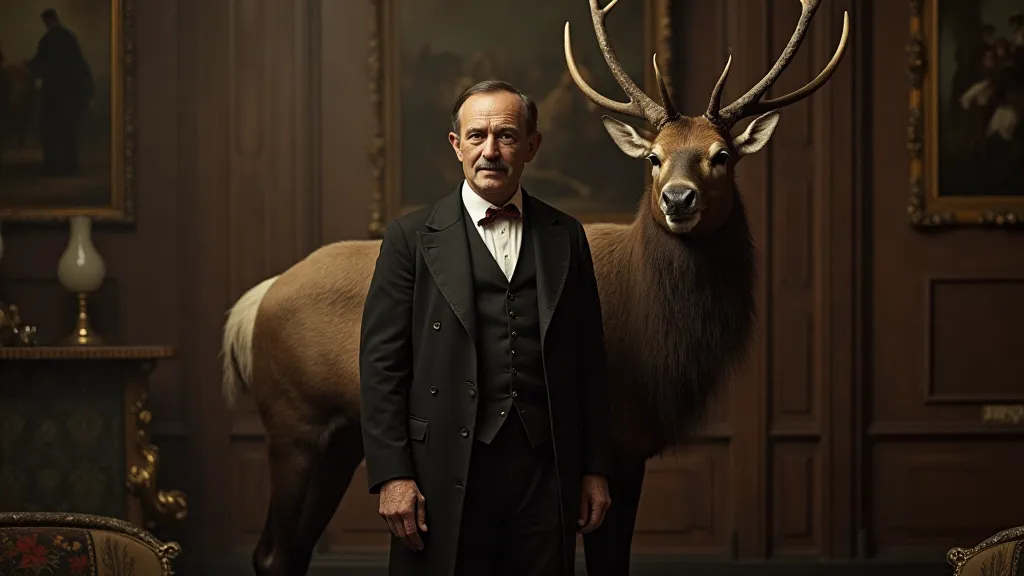
Notable Taxidermists and Their Legacies
While many taxidermists remain anonymous to us, a few have achieved a degree of recognition, their work celebrated for its artistry and technical skill. Examples include Carl Eitel, known for his meticulous bird mounts and elaborate dioramas, and Harry Lamar, whose work captured the raw beauty of Texas wildlife. Studying the work of these masters can provide valuable insights into the nuances of different taxidermist styles and techniques.
Remember that regional styles also existed. Taxidermists working in the American West, for instance, often specialized in larger mammals like bears and wolves, while those in the Northeast focused on birds and smaller woodland creatures. Understanding these regional differences can further refine your ability to identify and appreciate antique mounts. The stories these pieces tell can be truly captivating, often reflecting the era's understanding of hunting and display, and offering glimpses into the lives of both the hunters and those who carefully preserved their trophies, creating narratives that resonate even today.
Restoration and Collecting: A Respectful Approach
Antique taxidermy, like any other collectible, can suffer from deterioration over time. Fur can become brittle, glass eyes can become dislodged, and habitats can crumble. While restoration is sometimes necessary to preserve these pieces, it’s crucial to approach it with respect for the original work. Excessive cleaning or alteration can diminish the piece’s historical value.
When collecting antique taxidermy, it’s essential to do your research. Understand the history of the species, the techniques used to preserve it, and the potential value of different taxidermists’ work. Most importantly, appreciate the artistry and the stories these pieces represent – the echoes of a bygone era, preserved in fur, feathers, and glass.
It’s more than just owning an animal mount; it’s holding a tangible piece of history, a testament to the human drive to understand, appreciate, and immortalize the wonders of the natural world. And through careful observation, we can begin to decipher the taxidermist’s signature, revealing the personality and skill that brought these magnificent creatures back from the veil of time. Considering the artistry involved, it’s easy to see how these mounts have profoundly impacted how we view our relationship with the natural world, influencing our perceptions and inspiring artistic expression across different mediums.
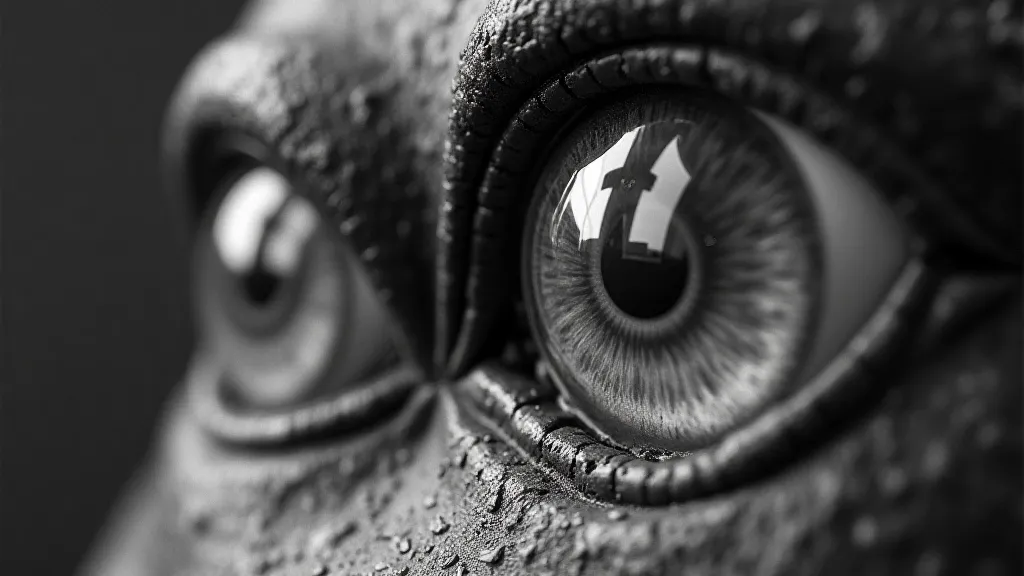
The act of freezing a moment in time, a creature in its prime, is both a statement of power and a gesture of respect. It invites us to ponder the fragility of life and the enduring legacy we leave behind, whether through scientific innovation, artistic expression, or the preservation of our planet's precious wildlife. These silent guardians, these frozen echoes of a bygone era, continue to captivate and inspire, reminding us of our connection to the natural world and the importance of safeguarding its wonders for generations to come.
